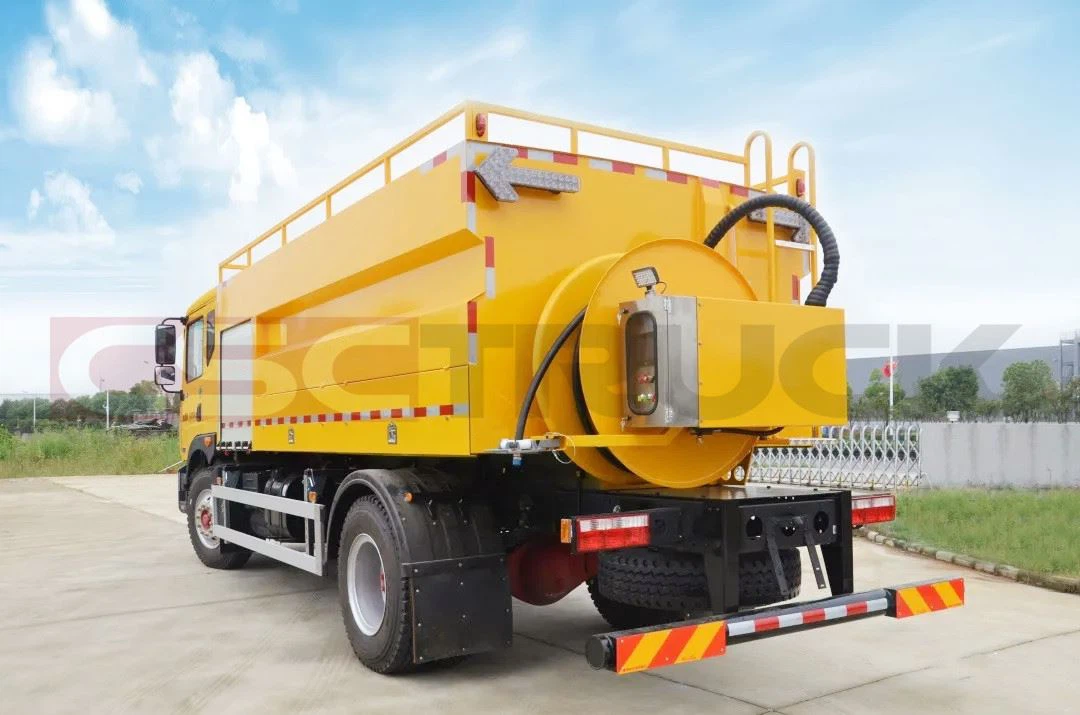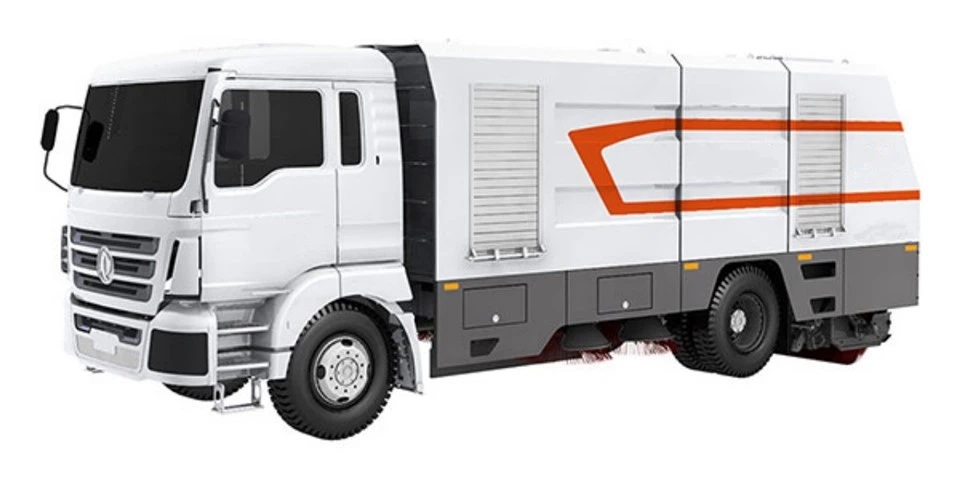Front End Loader for Pickup Truck: Everything You Need to Know

Front end loaders are invaluable attachments for pickup trucks, enhancing their utility for various tasks, from construction to landscaping. This comprehensive guide will delve into what front end loaders are, the benefits of using one with your pickup truck, the various types available, and practical tips for selecting and using front end loaders effectively.
What is a Front End Loader?
A front end loader is a versatile piece of equipment attached to the front of a pickup truck. It consists of a wide bucket that can scoop, lift, and transport materials such as dirt, gravel, snow, and debris. Front end loaders come in various sizes and configurations, making them suitable for both personal and professional use.
Benefits of a Front End Loader for Your Pickup Truck
- Increased Versatility: A front end loader allows your pickup to perform various tasks, increasing its utility.
- Improved Productivity: Loaded with a front end loader, you can move more material in less time compared to manual labor.
- Cost-Effective: Owning a loader can save you money by minimizing reliance on rental equipment for smaller projects.
- Enhanced Capabilities: It transforms your pickup truck into a mini front loader, capable of doing jobs typically done by larger machines.
Types of Front End Loaders for Pickup Trucks
Front end loaders come in various types, designed to meet different needs and truck sizes. Here are some commonly used types:
1. Skid Steer Loader Attachments
Skid steer loaders are compact and can easily fit on most pickup trucks. They are ideal for tight jobsites and can handle a variety of attachments.
2. Wheel Loader Attachments
These are larger and more powerful compared to skid steer loaders. They are suited for heavier lifting and larger jobs, perfect for construction and landscaping tasks.
3. Hydraulic Front End Loaders
Hydraulic loaders utilize hydraulic systems for lifting and moving materials, providing excellent lifting capacity and control.
4. Articulated Front End Loaders
These loaders are maneuverable and provide excellent visibility, making them ideal for jobs requiring precision in tight spaces.
How to Choose the Right Front End Loader

Selecting the right front end loader for your pickup truck depends on several factors. Here’s what you need to consider:
1. Compatibility with Your Pickup Truck
Ensure that the loader you choose is compatible with your truck model. Check the manufacturer’s specifications for weight and dimensions.
2. Lifting Capacity
Choose a loader with a lifting capacity suitable for the materials you’ll be handling. Common lifting capacities range from 500 to over 2,000 lbs.
3. Intended Use
Consider what tasks you’ll be performing. For instance, a lighter loader might suffice for landscaping, while a heavier loader is better for construction.
4. Price and Budget
Front end loaders come in various price ranges. Determine your budget early on and find a model that meets your needs without breaking the bank.
Installation and Operation Tips
Once you have selected a front end loader, installation and operation are critical to successful use. Here are practical tips:
1. Proper Installation
Follow the manufacturer’s instructions for installation. Ensure all parts are fitted correctly to avoid accidents during operation.

2. Safety Precautions
- Always wear appropriate safety gear, such as gloves and goggles.
- Engage the parking brake when loading or unloading materials.
- Check for overhead obstructions before lifting.
3. Routine Maintenance
Regular maintenance is vital for optimal performance. This includes checking hydraulic fluid levels, inspecting hoses, and ensuring all moving parts are lubricated.
Practical Applications of Front End Loaders
Understanding how to effectively use a front end loader can greatly enhance productivity. Here are several practical applications:
1. Landscaping
Loaders can transport soil, gravel, and mulch quickly and efficiently, allowing for faster completion of landscaping projects.
2. Agriculture
In agricultural settings, front end loaders can be used for moving feed, clearing land, and handling other farm tasks.
3. Construction Work
They are essential in construction for moving materials such as bricks, concrete, and debris, significantly speeding up projects.
4. Snow Removal
Front end loaders are excellent for clearing large areas of snow quickly, making them ideal for winter maintenance.
Comparing Front End Loaders and Other Attachments
While front end loaders are highly useful, other attachments might be better suited for specific tasks. Here’s a comparison:

| Attachment | Best For | Advantages |
|---|---|---|
| Front End Loader | Versatile material handling | High maneuverability, easy to attach |
| Dump Bed | Transport and dump large loads | Large volume capacity, less manual handling |
| Tiller | Soil preparation | Ideal for gardening and landscaping |
| Snow Plow | Snow removal | Efficient for large areas in winter |
FAQ Section
1. Can any pickup truck use a front end loader?
No, not all pickup trucks are compatible with front end loaders. Check the specifications for compatibility with your truck model.
2. How much weight can a front end loader for a pickup truck lift?
The lifting capacity varies by model, typically ranging from 500 to over 2,000 lbs. Always refer to the manufacturer’s specifications.
3. Are front end loaders easy to install?
Installation can vary in complexity. Following the manufacturer’s instructions makes the process easier, and most loaders can be installed with basic tools.
4. Do front end loaders require maintenance?
Yes, regular maintenance is essential, including checking fluid levels and inspecting for wear and tear on parts.
5. Can I use a front end loader for snow removal?
Absolutely! Front end loaders are excellent for efficiently clearing snow from driveways and large areas.
6. What is the cost range of front end loaders for pickup trucks?
The cost varies based on the type and brand, typically ranging from $1,500 to over $10,000. Budget according to your needs and frequency of use.
